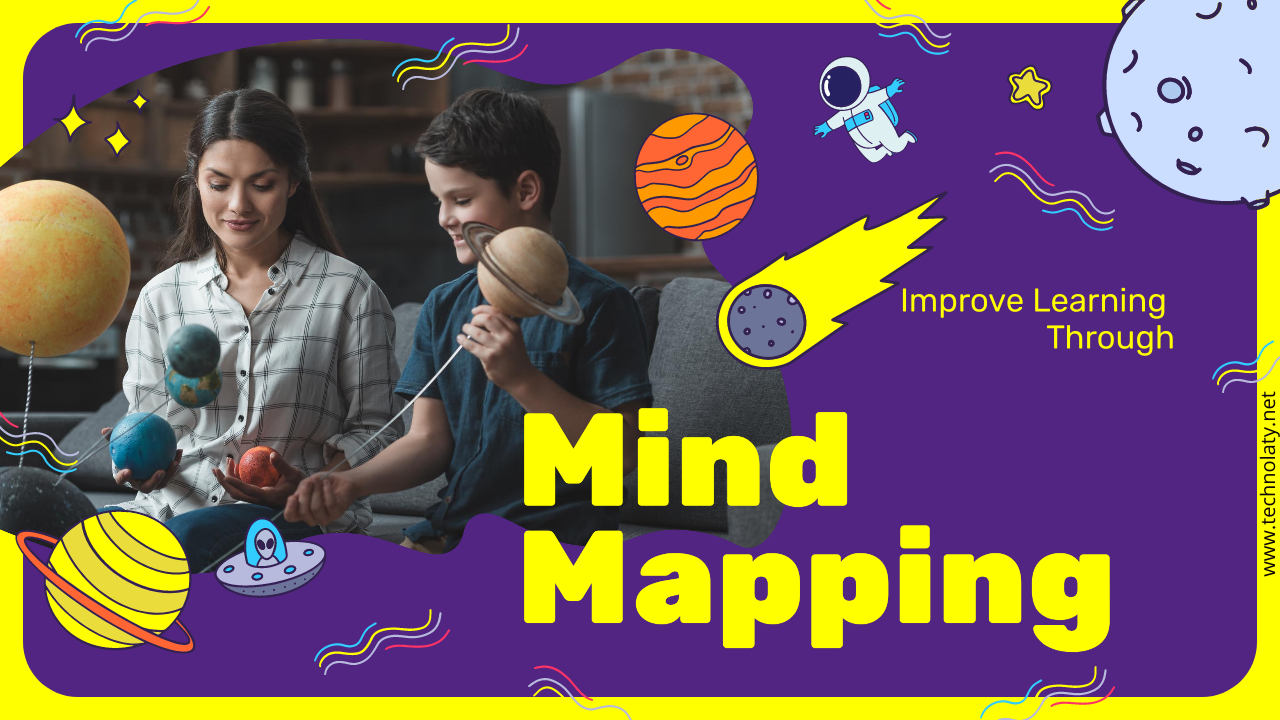In today’s fast-paced world, staying attentive during meetings, online seminars, or even classrooms can be challenging for many, including students. It’s easy to lose focus, and when that happens, critical concepts can slip through the cracks, hindering learning and overall performance. This is where mind-mapping apps are valuable tools to enhance learning and comprehension.
What is Mind Mapping?
Mind mapping is a visual way of organizing information. Imagine taking a broad concept and breaking it down into smaller, interconnected sub-topics. Students can retain and recall information more effectively by creating a visual map. These interactive mind maps allow students to visualize concepts and see how different ideas relate. This method transforms learning into an engaging and creative process, making it easier to understand complex topics.
Five Ways Mind Mapping Apps Improve Learning
- Helps to Learn New Concepts Easily
Students are constantly exposed to new concepts and ideas; simply memorizing facts isn’t enough. Proper understanding comes from grasping how different ideas connect. Mind mapping apps help by visually classifying concepts and breaking them down into manageable parts. Students can understand and remember new information more effectively by seeing the relationships between ideas.
- Promotes Individual Creativity and Focus
Mind maps encourage creativity by allowing students to express their ideas visually. Whether tackling a new concept or organizing their daily tasks, mind-mapping apps provide a platform for creative expression. Tasks that once seemed mundane, like making to-do lists or reflecting on personal achievements, become more engaging when done through a mind-mapping app.
- Assists as a Digital Resource Bank
One of the standout features of mind-mapping apps is their ability to link to external resources. As students expand their mind maps, they can connect to online study materials and resources that further explain the concepts they are working on. Teachers can also create digital mind maps with links to additional resources and share them with the class. This digital reference library has become a powerful tool for teachers and students.
- Drives Classroom Participation
Interactive teaching methods are often the most effective in capturing students’ attention and fostering a deeper understanding of the material. Mind mapping apps can be used to make lessons more interactive and engaging. Teachers can create mind maps on a blackboard or whiteboard involving students. This makes learning more exciting and encourages students to share their thoughts and discuss challenging topics openly.
- Improves Collaboration with Classmates
Group assignments are a common way to encourage collaboration among students. When working together, students can brainstorm ideas, discuss different approaches, and decide the best way to complete their assignments. Mind mapping apps facilitate this process by providing a platform where students can list all their ideas, focus on the most practical ones, and organize their work effectively. This collaborative approach improves the quality of their assignments and helps students develop essential skills like decision-making, teamwork, and respect for others’ ideas.
Final Words
Mind mapping apps are powerful tools that can significantly enhance learning by making it more interactive, creative, and organized. Whether you’re a student looking to improve your understanding of complex topics or a parent seeking to boost your child’s learning abilities, these apps can be incredibly beneficial. Start using mind-mapping apps today to unlock better learning and memory retention for both students and adults alike.
